Another scientific theory from James Churchward’s scrapbooks. Original clipping here.
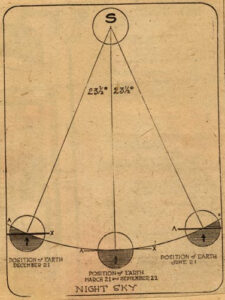
New York – (by NEA Service) – Are the orthodox beliefs concerning the workings of the solar system all wrong and the generally credited theories of Newton as antiquated as the one-time platitude that the world was flat?
Can it be possible that the earth does not revolve around the sun at all but instead swings from that celestial body like the mighty pendulum of a huge clock? Such are the questions creating a furor in scientific circles here today following the announcement at an entirely new theory of astronomy by James L. Bussanich, an American astronomer who has devoted 30 years to investigating the solar system and who comes here from the University of Triest.
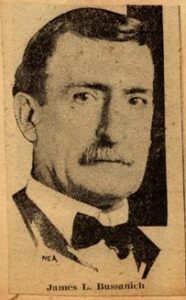
Bussanich bases his novel theory upon discoveries which he says he has made in electro-magnetism and hydro-mechanics, aided by Einstein’s evidence that the planets do not do not describe closed eclipses. In lay language, Bussanich’s theory is briefly as follows:
“The earth is held in a pendulum position from the sun by electro-magnetism exerted by that body and makes a complete swing once a year, describing an arc of 47 degrees. On June 21 the pendulum reaches one extremity of the swing and on December 21 the other. On March 21 and September 22 the pendulum hands in mid-swing.
“Night and day are caused, as is generally believed, by the rotation of the earth on its axis. The axis is tilted at an angle 23 1/2 degrees from the sun’s ray to its center by an electro-mechanical force constantly at variance with that of
[possible break in text] apparent changing of the distance from the earth to the sun being due to an optical shortening of space caused by varying angles from which that body is viewed on different dates.
From the first false premise, he says, astronomers have constructed an elaborate theory that the earth goes around the sun and have made all their observations assuming that the earth goes around the sun and have made all their observations assuming that the earth was somewhere else than where it actually was.
Bussanich says there is no cause for alarm from his alleged discoveries since the universe, while it does not function in the clock-like manner usually believed, operates according to another system which is even more precise and infallible.
“My hypothesis accounts for al heavenly movements, such as the coming eclipse of the sun on January 24,” he says, “and goes further than the Newton-Keplar theory and gives logical reasons for phenomena which have always been puzzling – the aurora borealis, for instance, and the twinkling of the stars.”
Asked if his theory was a new one, Mr. Bussanich replied:
“Oh no, not absolutely new, as nothing is. Plato and Aristotle believed vaguely in the pendulum theory and Niccolo Mancino, the famous Italian electrical scientist, at the present time has repudiated the Newton idea and hinted at an electro-magnetic hypothesis for the universe. However, I believe the sun. This accounts for the seasons and the length of daylight.
“The sun is not a stationary body but describes movements of its own through space, although not those usually graphed and believed. This also is true of other planetary bodies.” In advancing this startling theory, Bussanich says that astronomers of the past were deluded in the first place by failure to make correct measurements, the apparent changing of the distance from the earth to the sun being due to an optical shortening of space caused by the varying angles from which that body is viewed on different dates.”
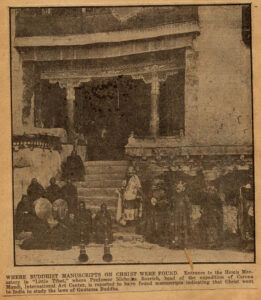




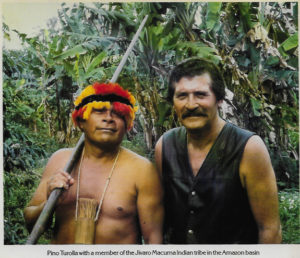
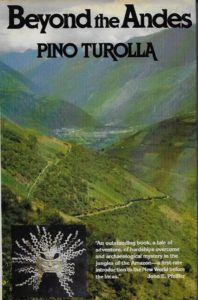



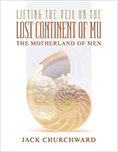



 RSS - Posts
RSS - Posts